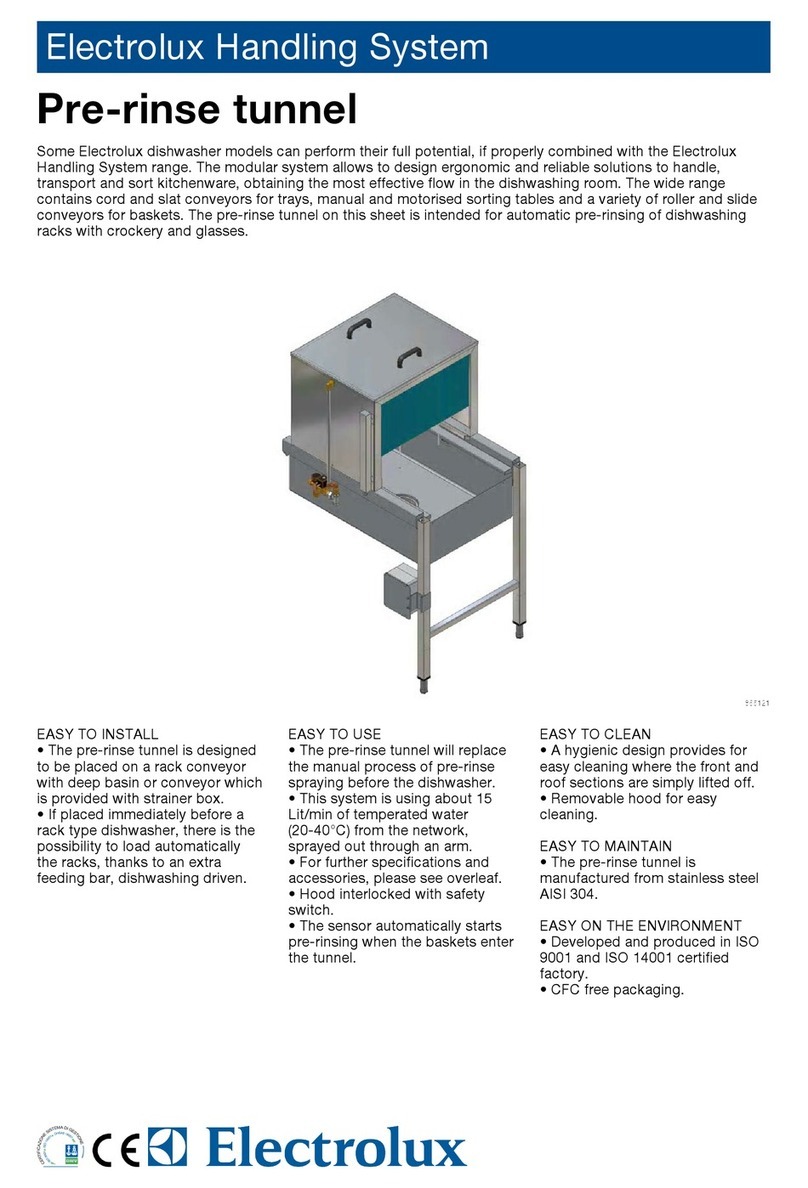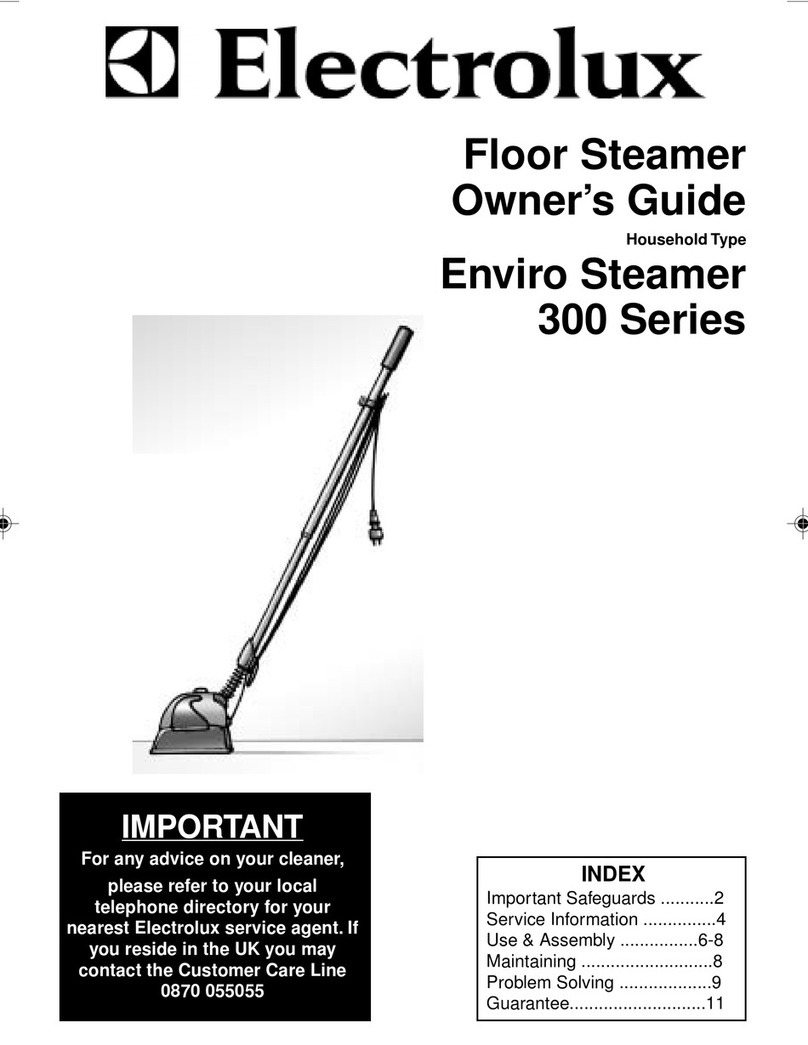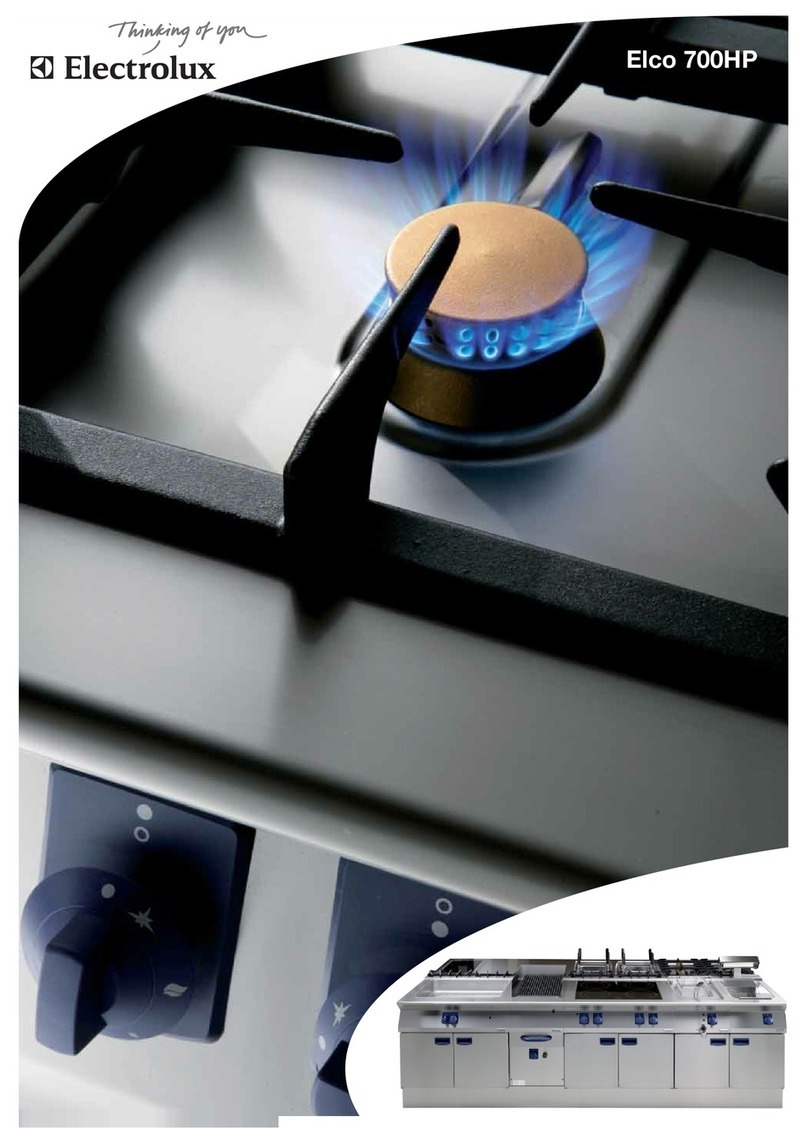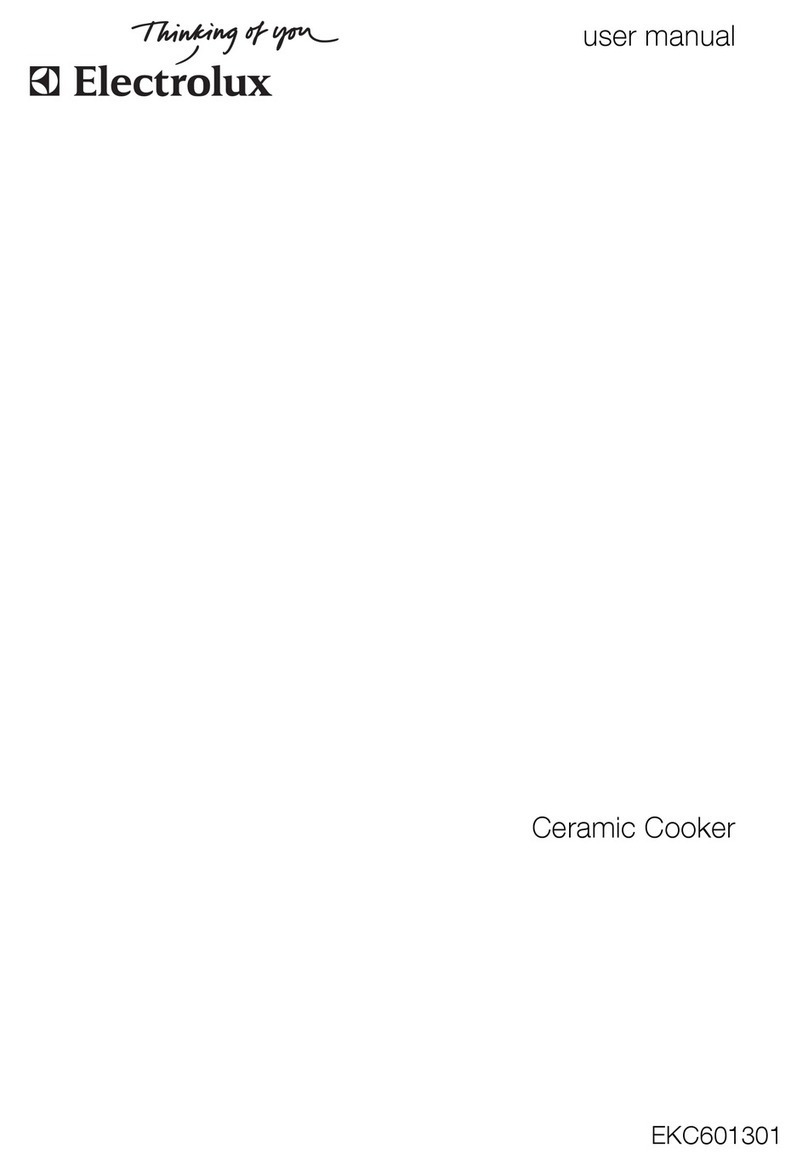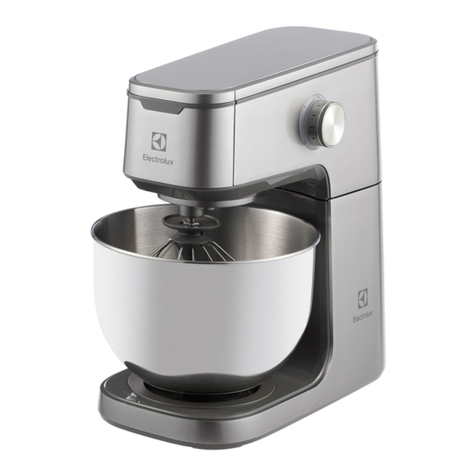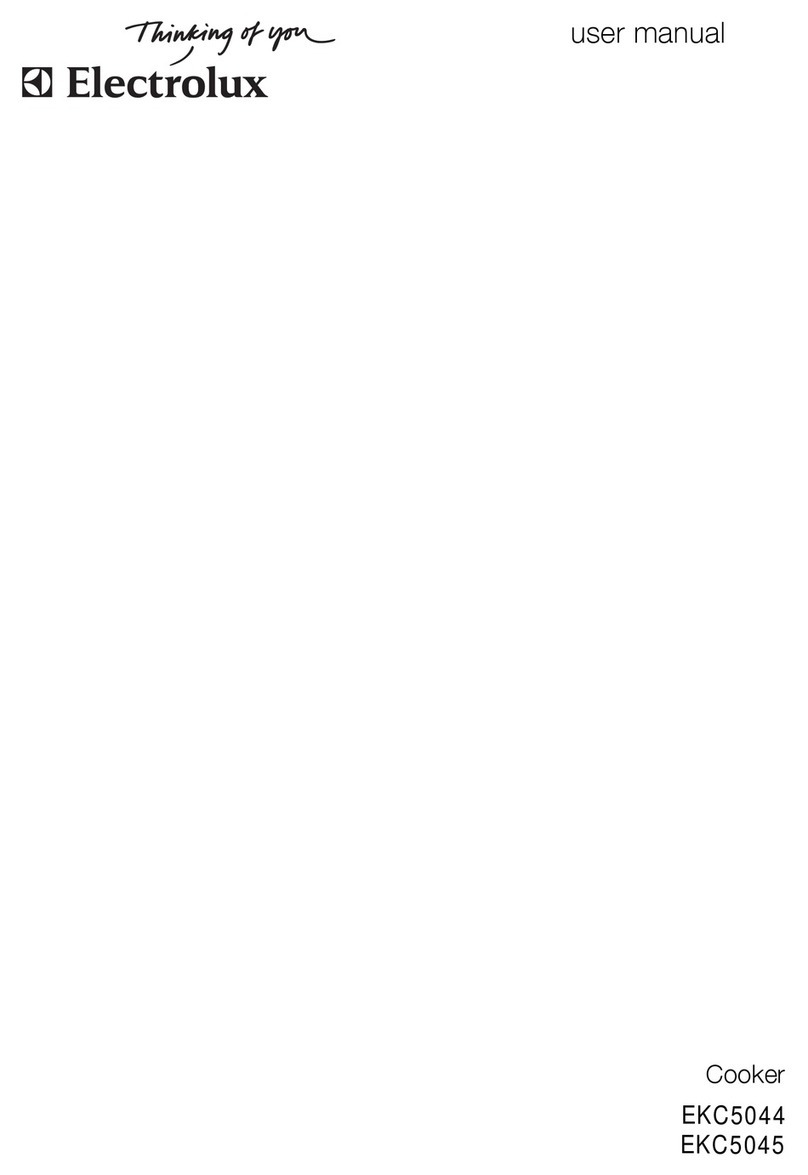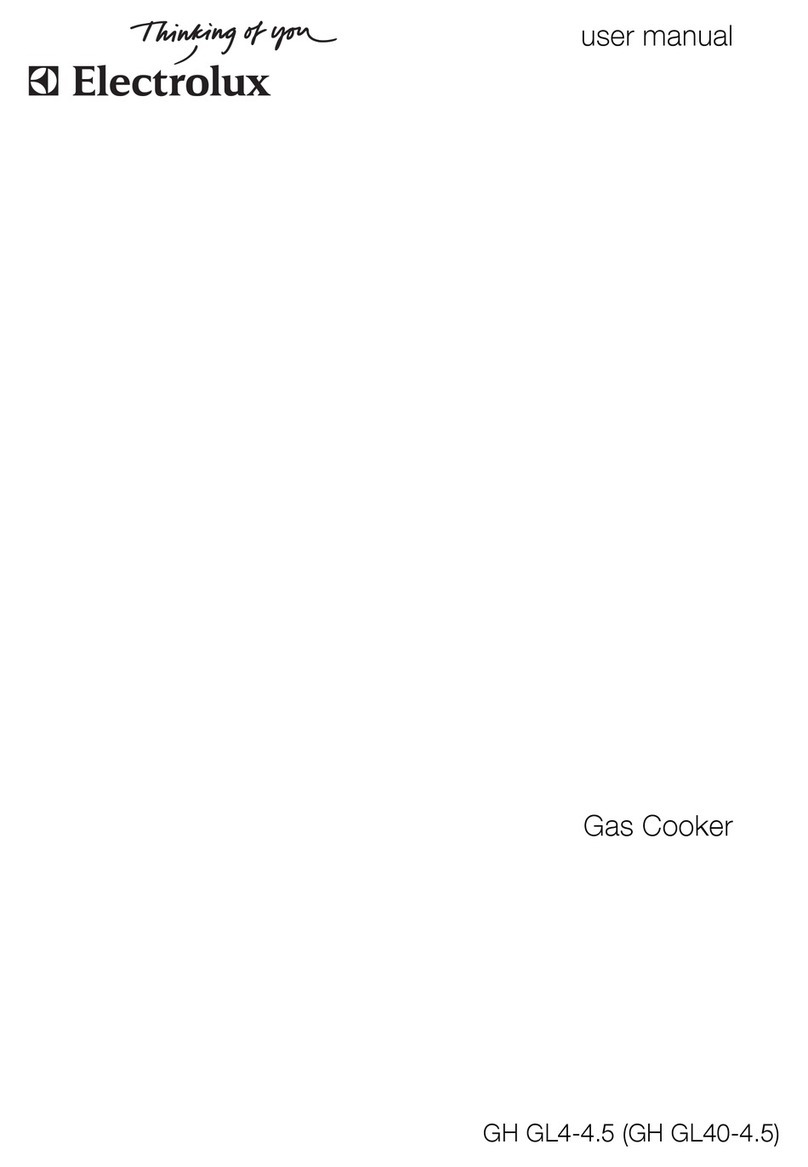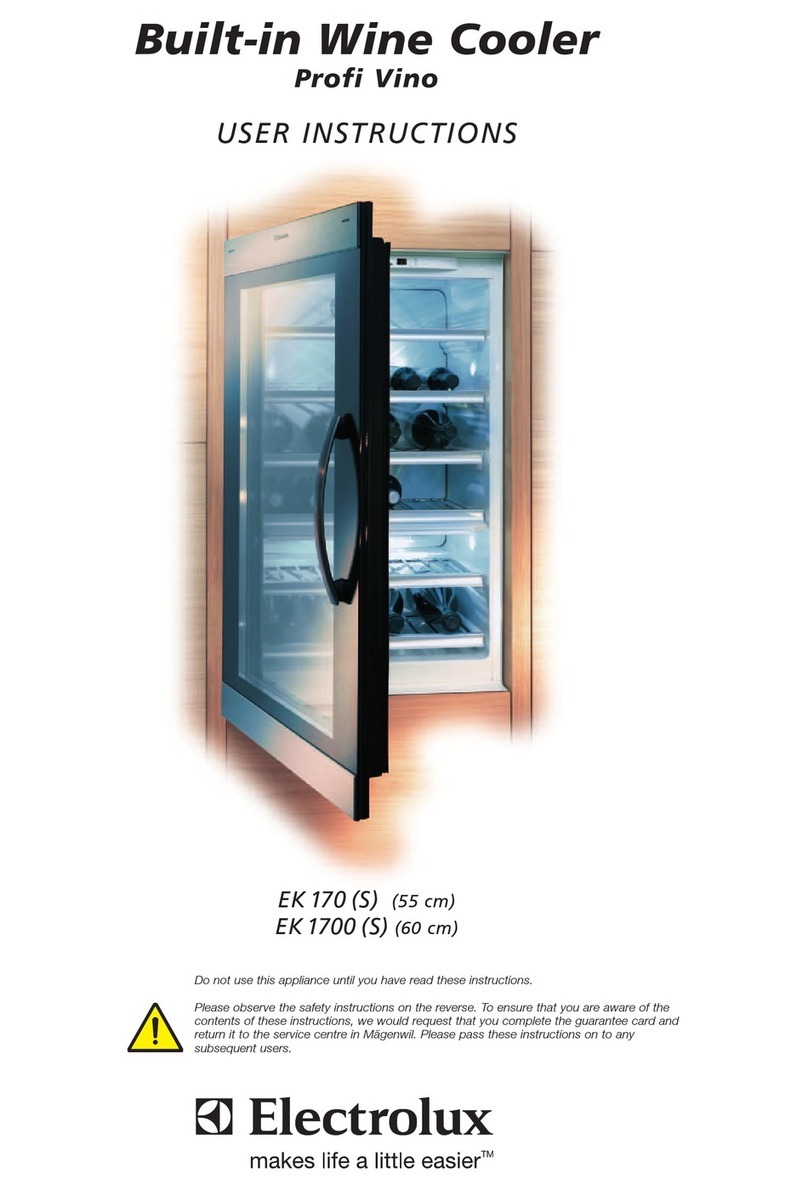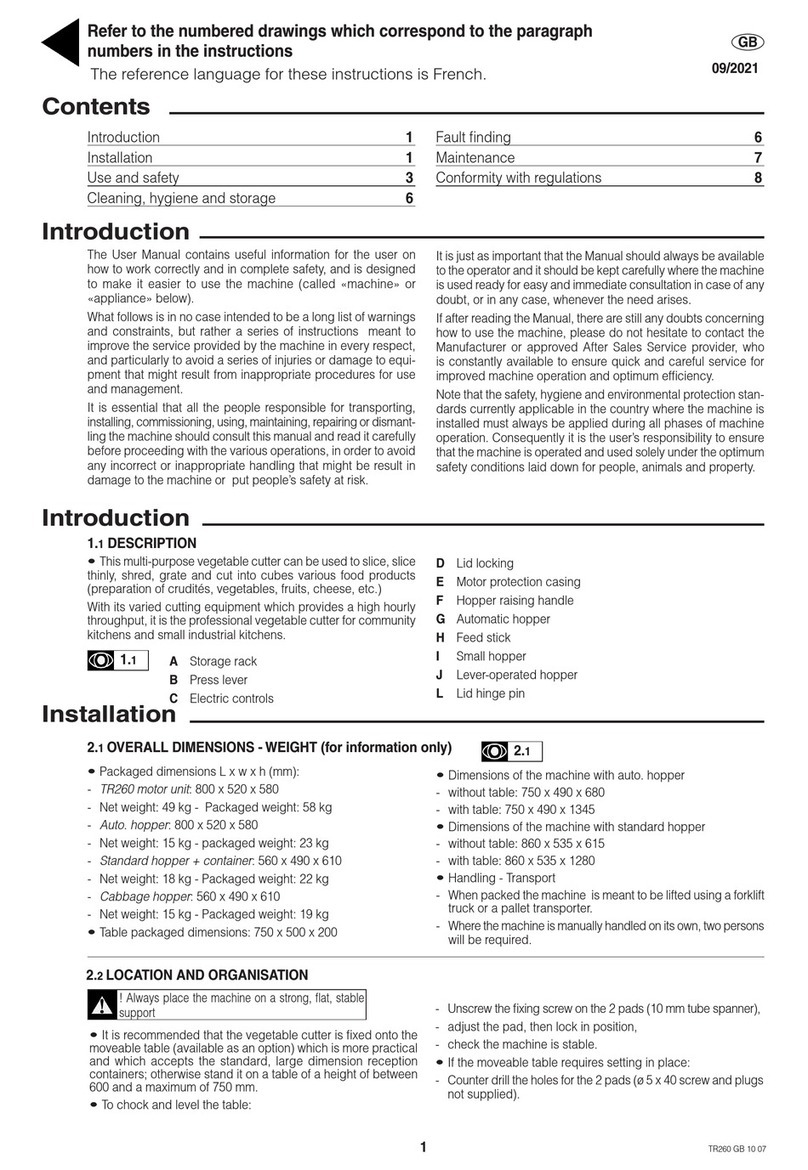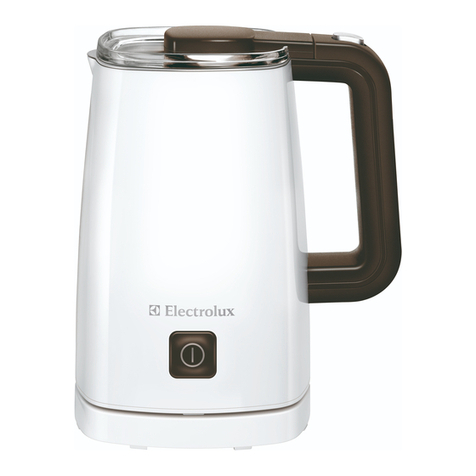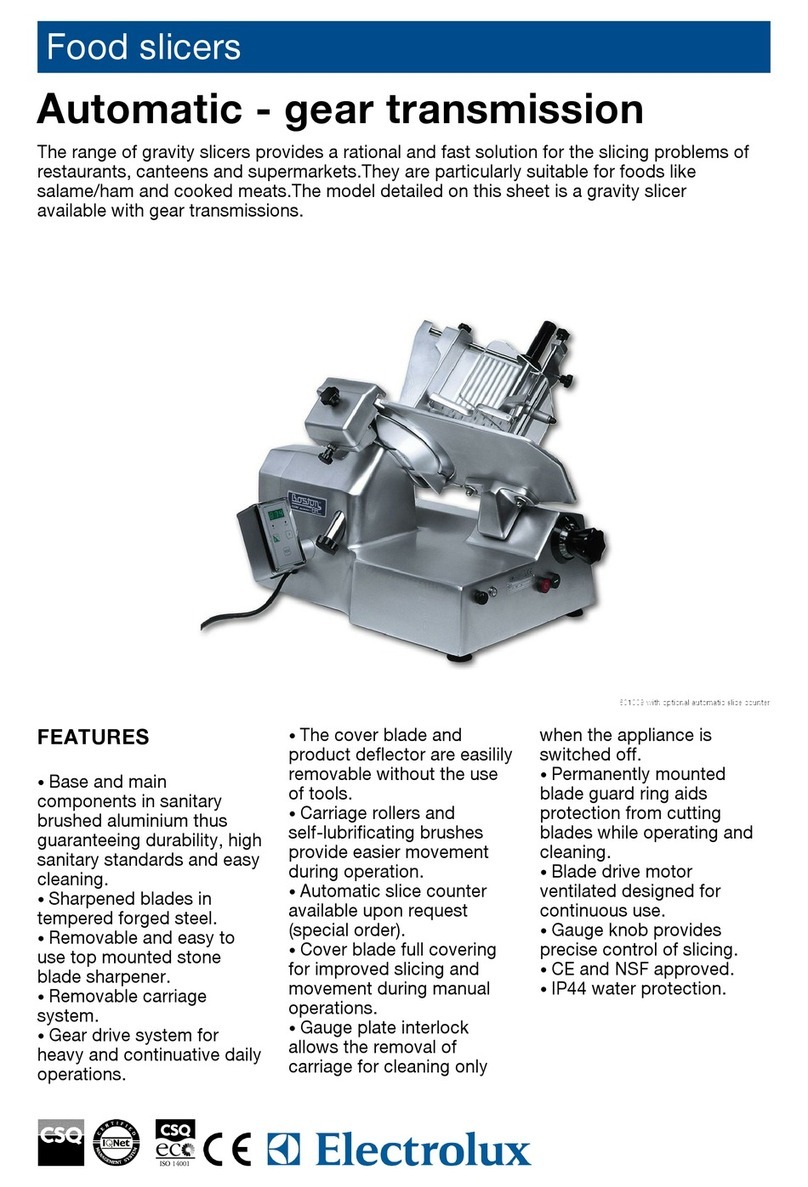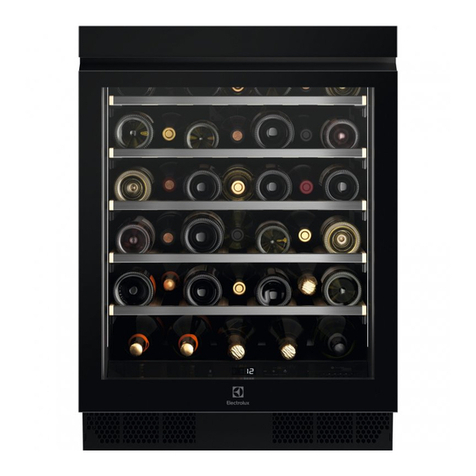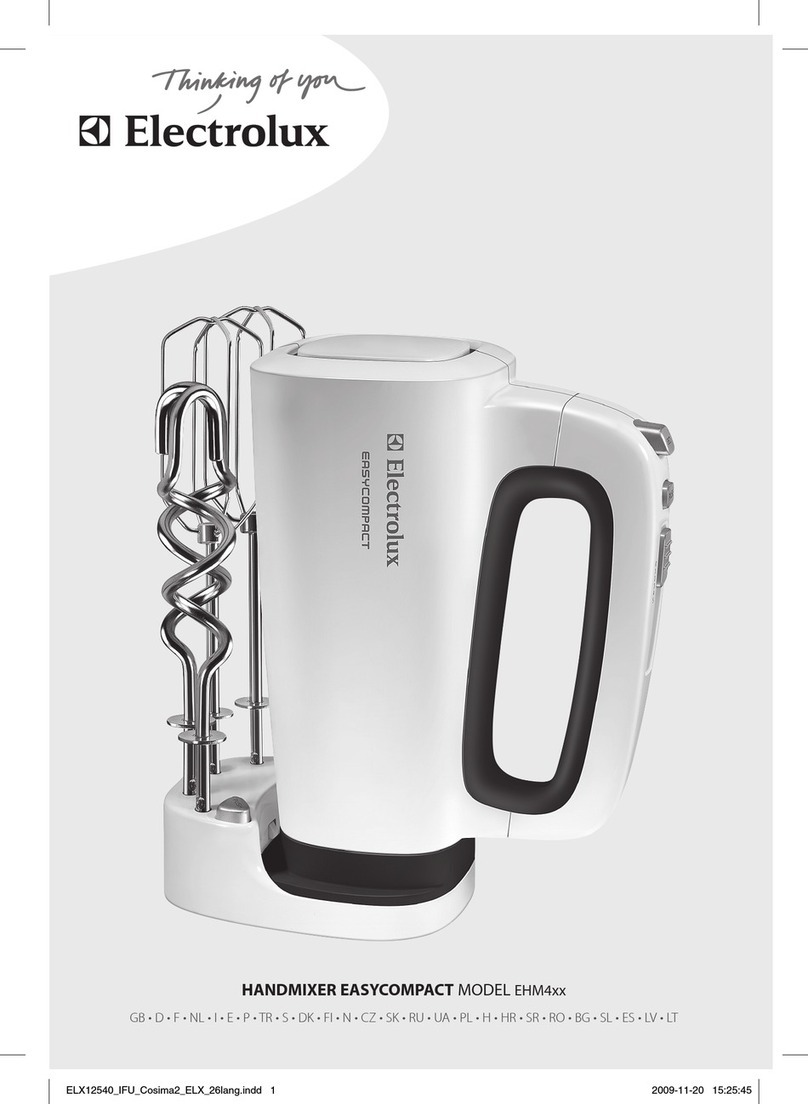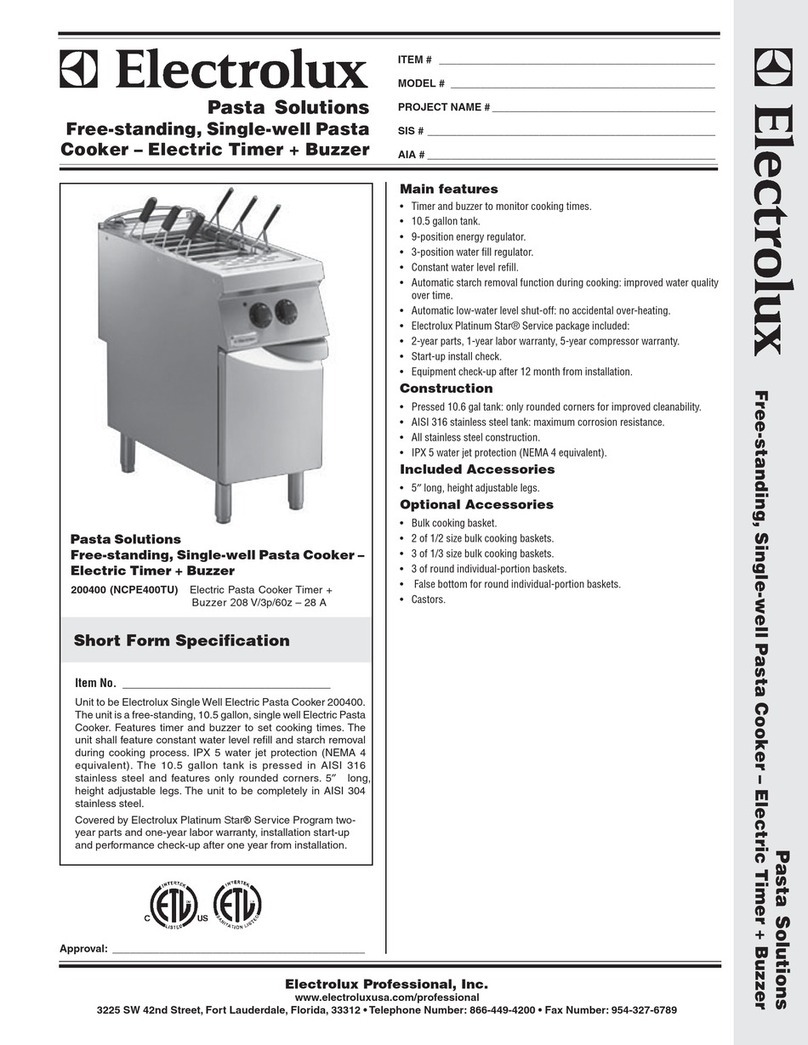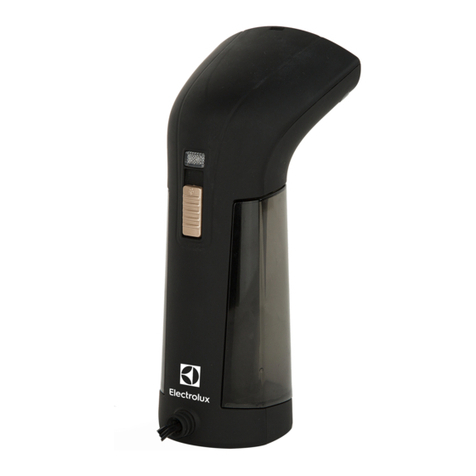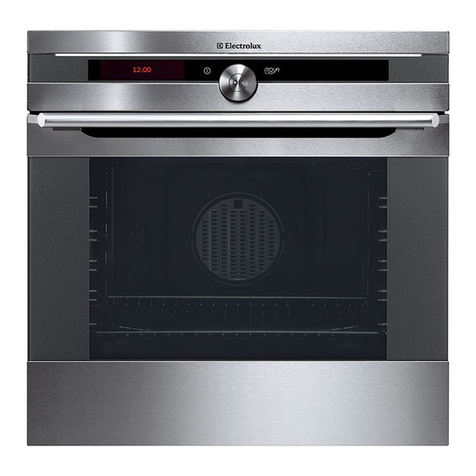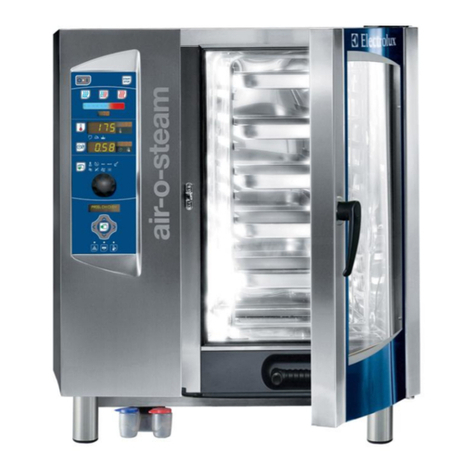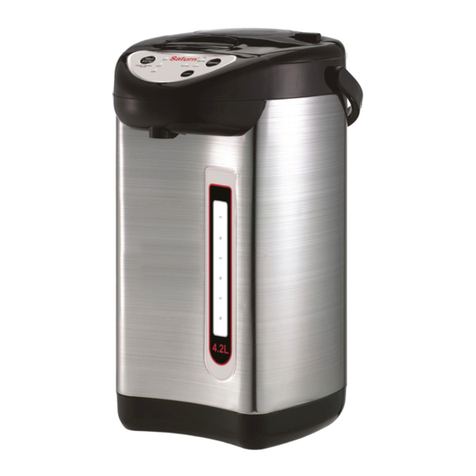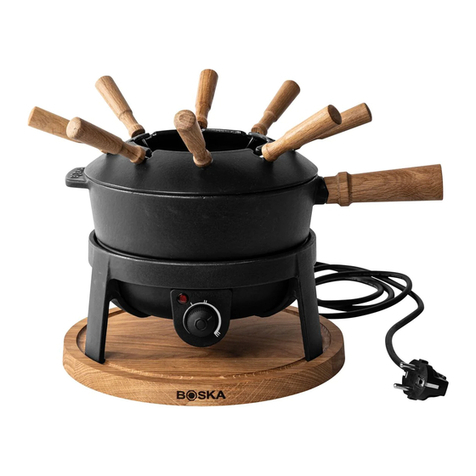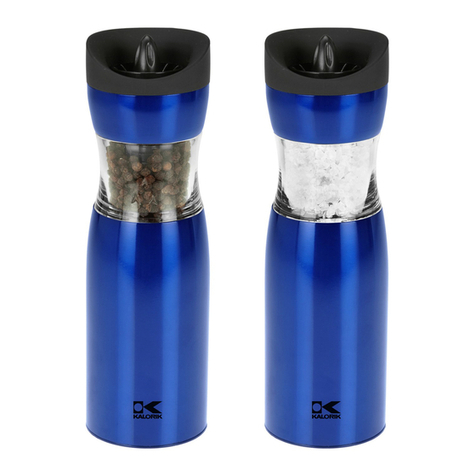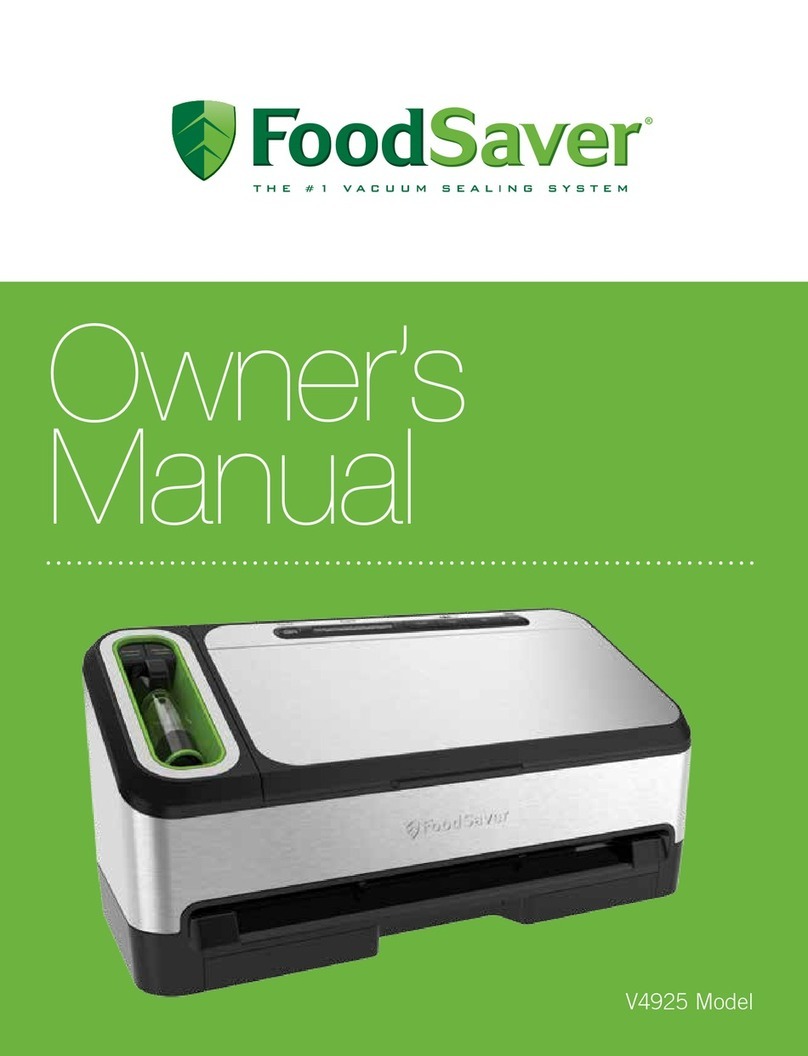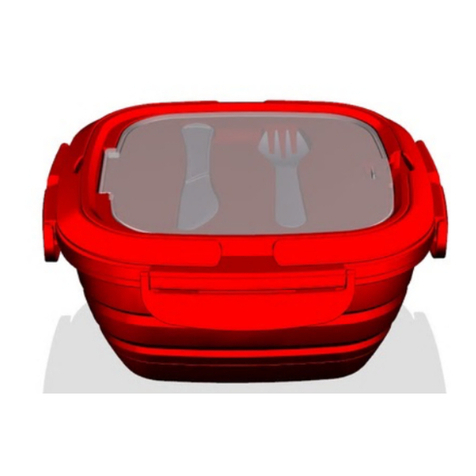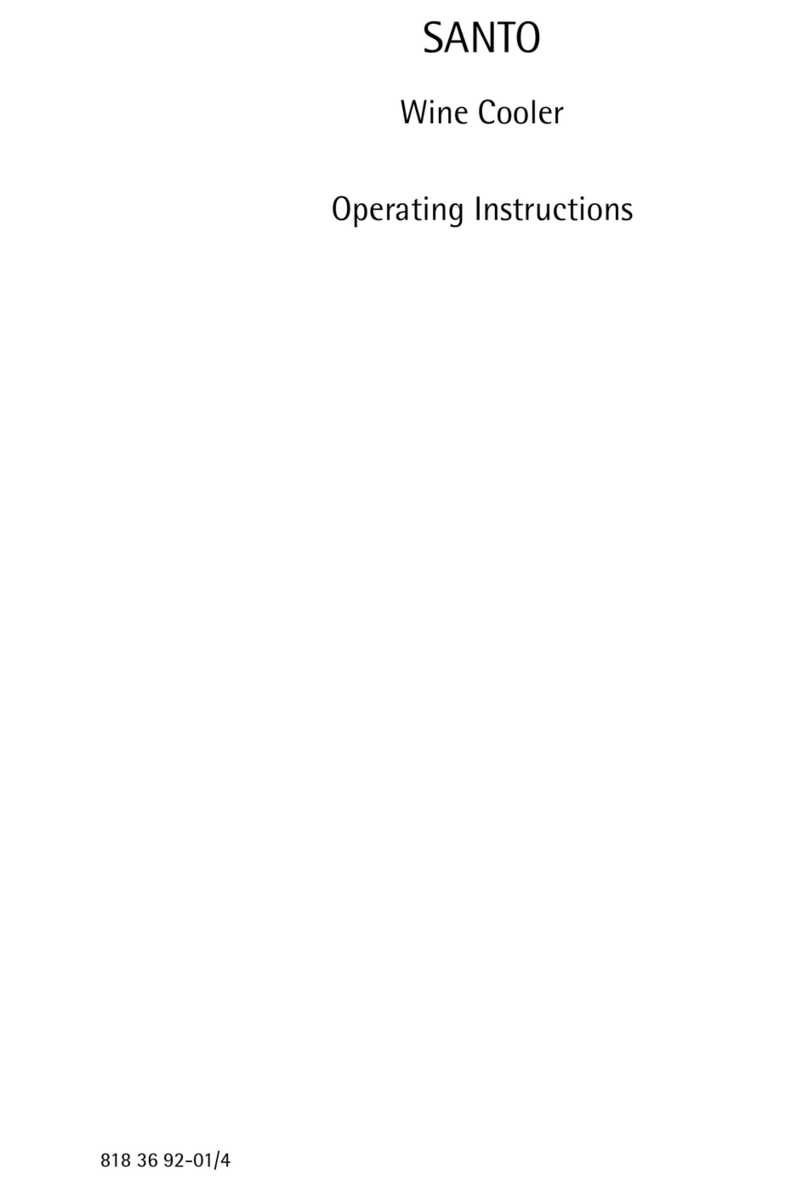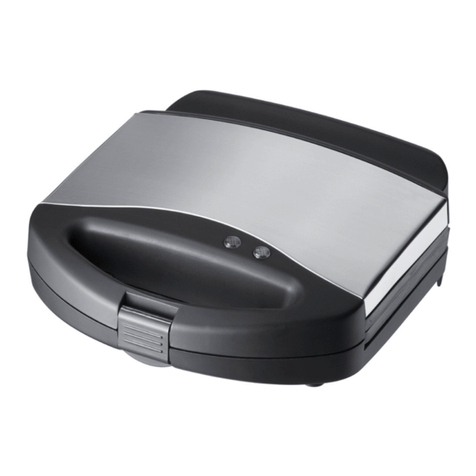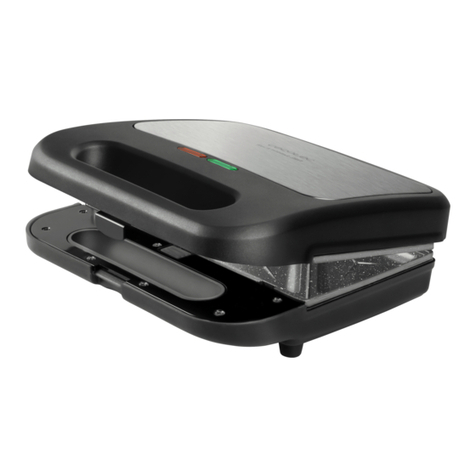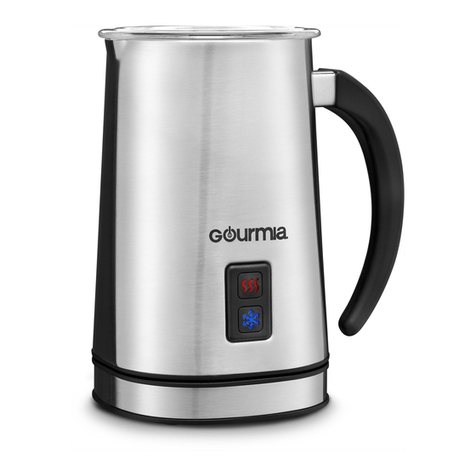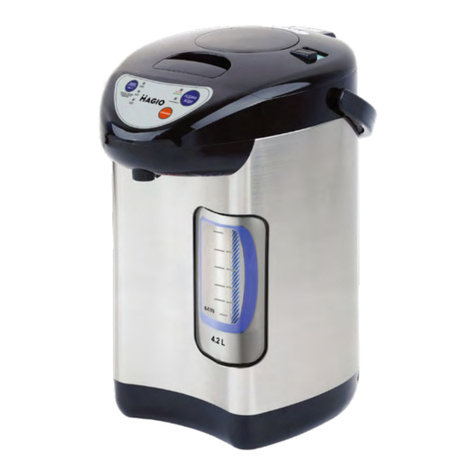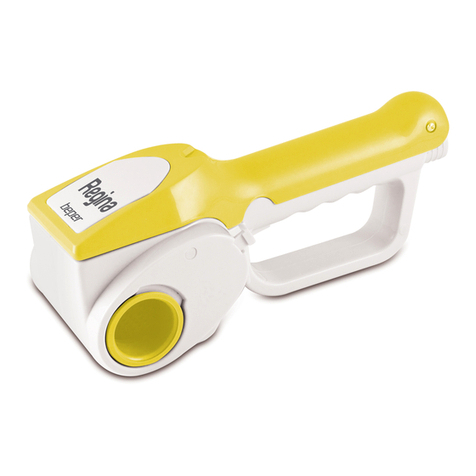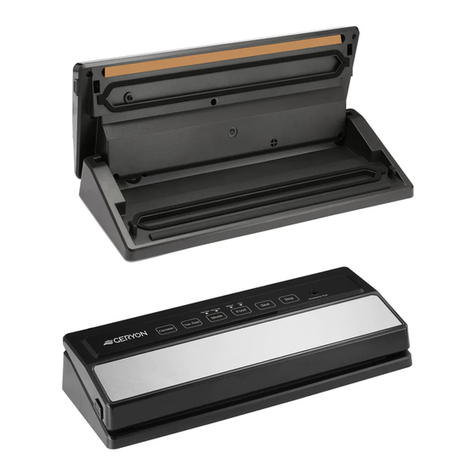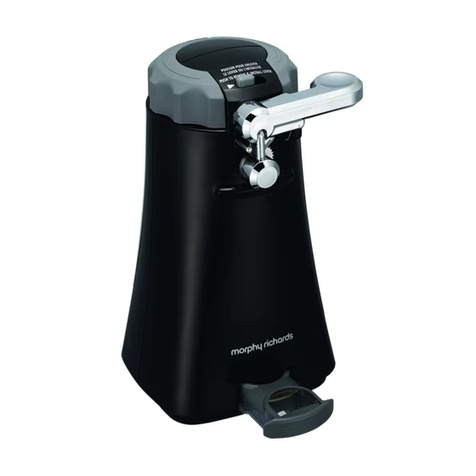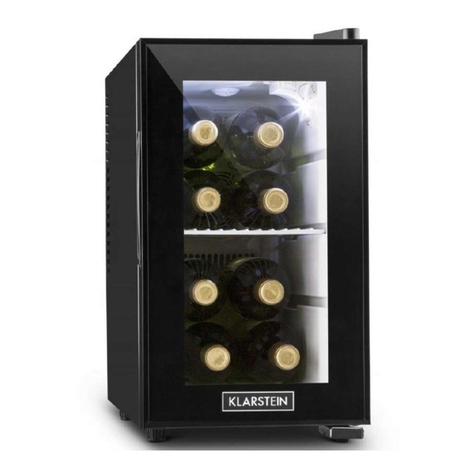Ho & Cooker Safety
✔Always ensure that pan ases are dry, and flat efore
using them on the ho .
✔Always position pans over the centre of the urner, and
turn the handles to a safe position so they cannot e
knocked or gra ed.
✔Always use pans which are no smaller than 100mm
(4”), or larger than 250mm (10”).
✔Always take care when removing food from the oven
as the area around the cavity may e hot.
✔Always use oven gloves when handling any utensils
which have een in the oven as they will e hot.
✔Always make sure that the oven shelves are resting in
the correct position in etween two runners. Do not
place the oven shelves on top of the highest runner,
this will lead to spillage and injury if the aking tray, or
dish falls.
✖Never use dou le pans, rim ased pans, old or
misshapen pans, or any pan which is not sta le on a
flat surface.
✖Never leave cooking fat, or oil, unattended.
✖Never use commercial simmering aids, or heat
diffusers, as they create excessive heat and can
damage the surface of the ho .
✖Never use the ho for any other purpose than cooking
food.
✖Plastic cooking utensils can melt if they come into
contact with a warm ho . Never leave them close to,
or on top of, the ho .
✖Never leave the urner alight without a pan covering it.
This causes a fire hazard.
✖Do not place items on the grill door while it is open.
✖Do not wrap foil around the oven shelves, or allow it to
lock the flue.
✖Do not drape tea towels near the oven while it is on,
this will cause a fire hazard.
✖Do not pull heavy items, such as turkeys, or large
joints of meat, out from the oven on the shelf, as they
may over alance and fall.
✖Do not use this appliance to heat anything other than
food items, and do not use it for heating the room.
Always make sure that the
urner caps, rings and
pansupports are correctly
placed. This will prevent pans
ecoming unsta le while in
use, and ensure an
uninterrupted gas flow.
Call Customer Care for a
service engineers visit if:
You find over a period of
time that the gas oven
ecomes hotter at a
particular temperature - the
thermostat may need
replacing.
The cooling fan fails to work.
